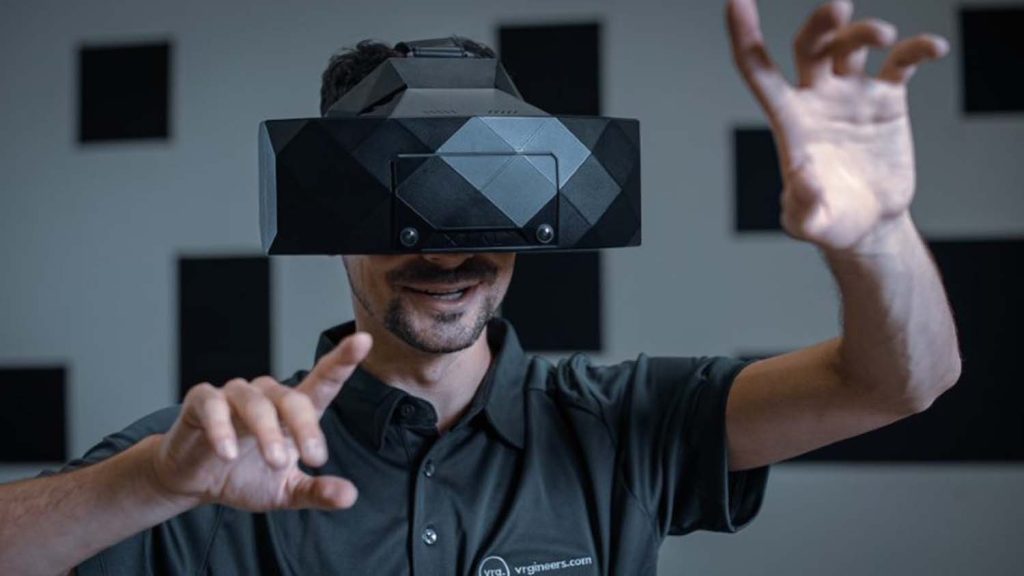Vrgineers has released the new wireless high-fidelity standalone virtual reality headset XTAL, developed in partnership with IMRNext, at CES 2023 show in Las Vegas.
The manufacturer of Virtual and Mixed Reality headsets for professionals said the XTAL was developed to meet the upward trend in the VR industry to switch from tethered to standalone headsets to lower overall costs and raise the users’ comfort level.
In comparison to the solutions available on the market, the new wireless XTAL targets high-end customers, who are unable to run their demanding applications from mobile cores and need fully performing computers to calculate VR content.
“As a supplier to the defence industry, we strongly believe that the wireless XTAL will be the best choice for such use cases as machine and aircraft maintenance, rescue or firefighting operations as well as special forces training. Everywhere, where the total immersion, freedom, and high performance, is a must,” said Vrgineers CEO Marek Polcak.
Vrgineers XTAL should natively run 4K resolution per eye, which, Vrgineers said, requires a very substantial bitrate.
To achieve a smooth wireless experience, Vrgineers has developed a special mode running a compressed resolution of 2560×1440 at 70 Hz per eye, which IMRNext proprietary technology transmits using Wi-Fi 6E.
Instead of placing the antenna on the head as known with other headsets, Vrgineers decided to create an on-belt module, which includes a powerful battery pack, with adjustable power capacity and wireless antennas.
Therefore, the overall weight of the headset should remain the same, while wearing an extra weight on the belt should make wireless usage very convenient.
The prototype Vrgineers and IMRNext showed at CES weighs 920 grams and is comparable to the size of an SLR camera.
However, the expected final version is expected to weigh under 500 grams and should be a similar size as a mobile phone.
The computer connects one USB and Display Port from the GPU into a proprietary IMRNext Wi-Fi Access Point, which converts the signal into Wi-Fi 6E and streams it directly to the on-belt module.
“IMRNext is excited to be working alongside Vrgineers to bring wireless streaming to the XTAL,” said Phil Purdy, IMRNext director of engineering and delivery.
“The high resolution and fidelity of the XTAL demand a high-performance and robust wireless solution which IMRNext is uniquely positioned to provide. Freeing the cable from the XTAL will enable more dynamic use case scenarios and enhance the quality of single-user and multi-user simulation and training exercises.”






